

Random Japanese fact. All train stations in Tokyo’s underground line play a different jingle each time a train arrives and leaves. In the middle of the night there was a random tune outside the hotel. In my head it was accompanied with an impending earthquake announcement in the calm male Japanese voice used on every platform.
At the bottom or top of every staircase there is a jungle noise: birds tweeting. We think it is for visually impaired people, but it is quite relaxing none the less.
A quick Mystays breakfast in a freezing room got us ready for our day with the only exciting bit being that the apple juice was actually oolong tea.

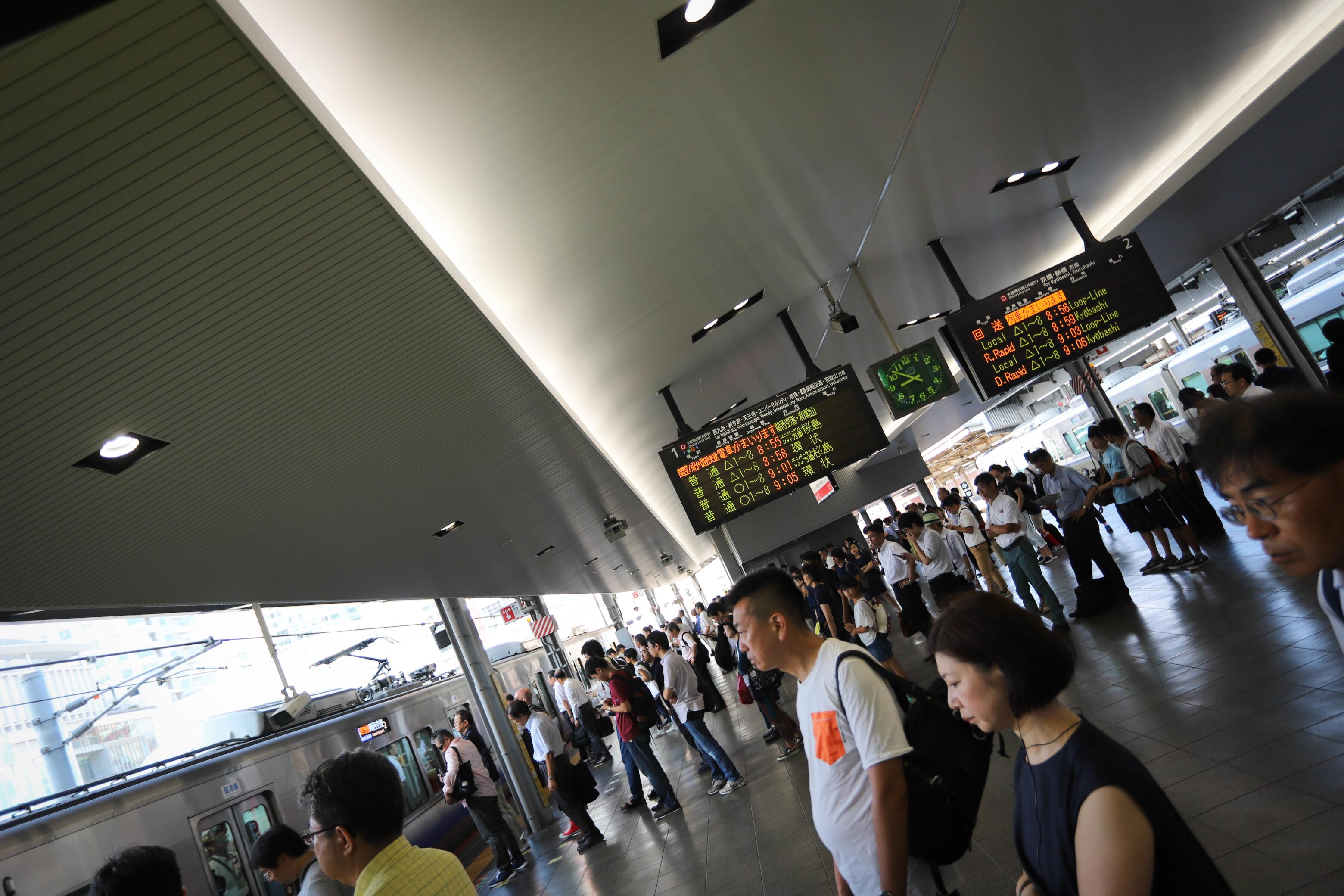
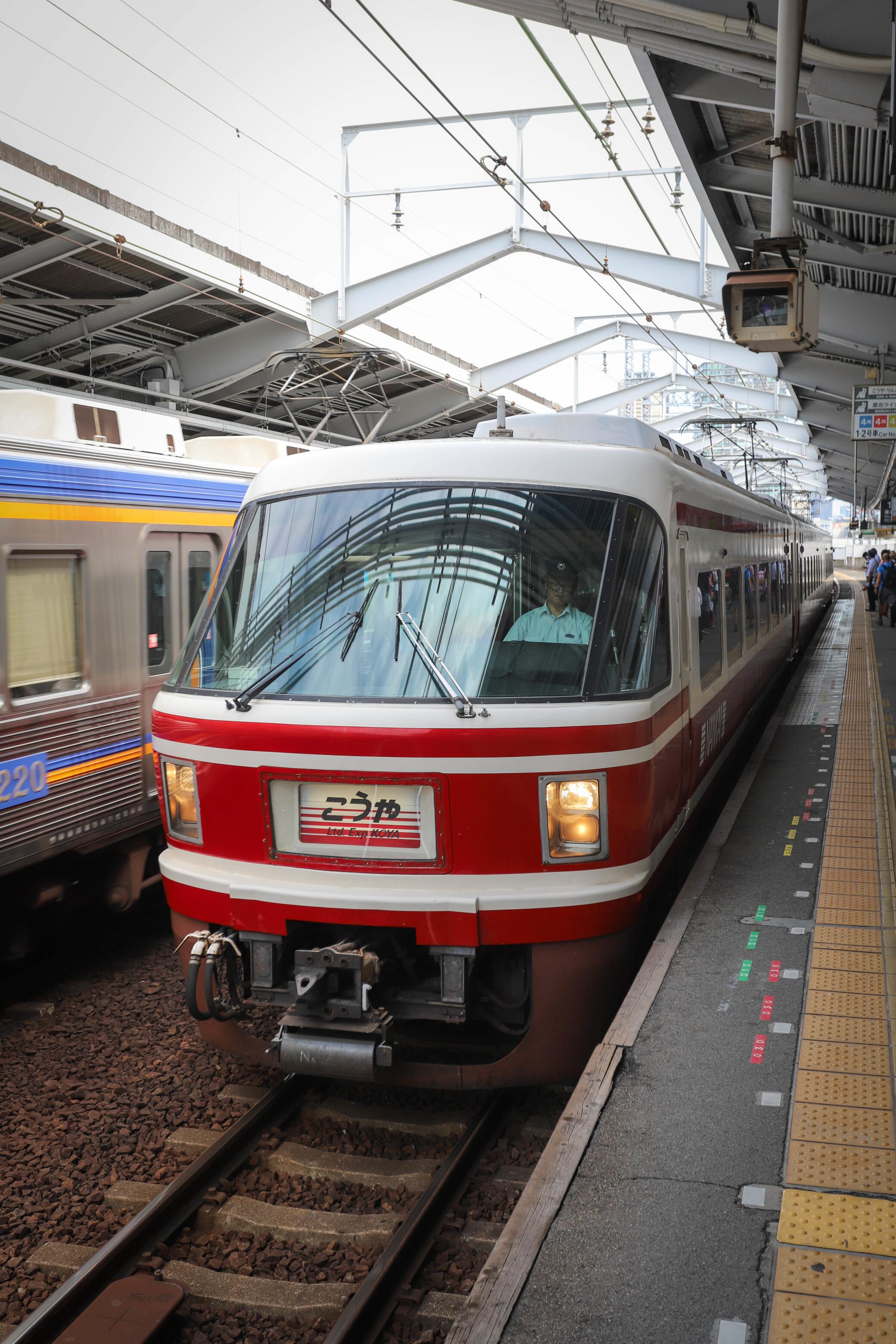
Being the gurus of public transport that we are really helped with today’s epic journey. The first bit of the journey was fairly straightforward but converting the Nankai rail passes to tickets was not intuitive! Not only did we manage but then we also worked out that the extra vouchers were our seat reservations and passed on our hard won knowledge to a poor confused German couple sitting in our seats on the train!


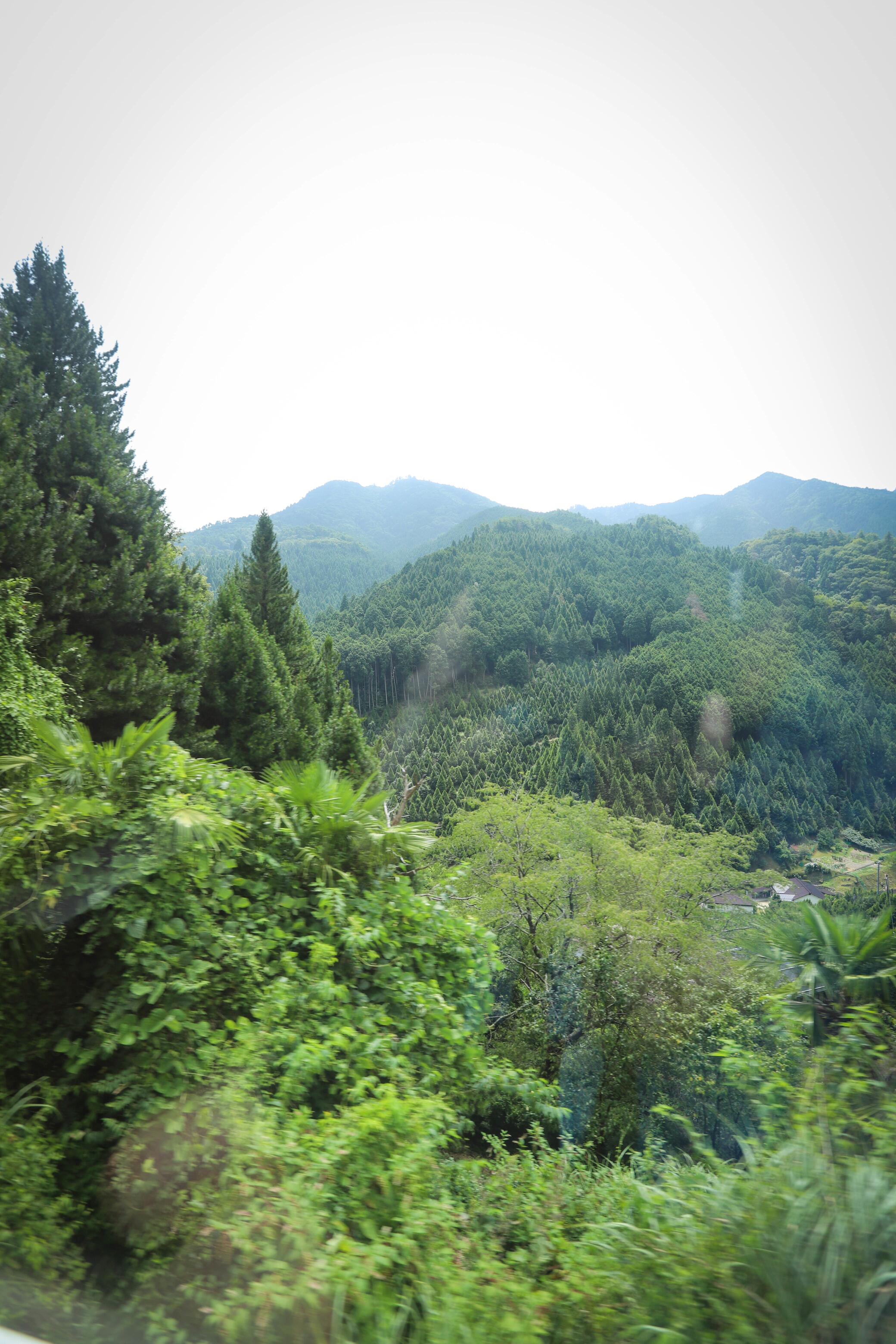
The first bit of the Nanken railway felt quite normal: rice paddies and houses and shops flashed past, but then the gradient changed, the train slowed and the views became spectacular. Immense gorges dropped to one side whilst steep inclines rose the other. Tunnels were frequent and after a while the double track dropped to single with passing places. You cannot help but marvel at the engineering that made this train line possible. The gradient is way above what must be ideal and the crest on which the railway is built feels too narrow to be secure. I couldn’t recommend it to someone who was afraid of heights.
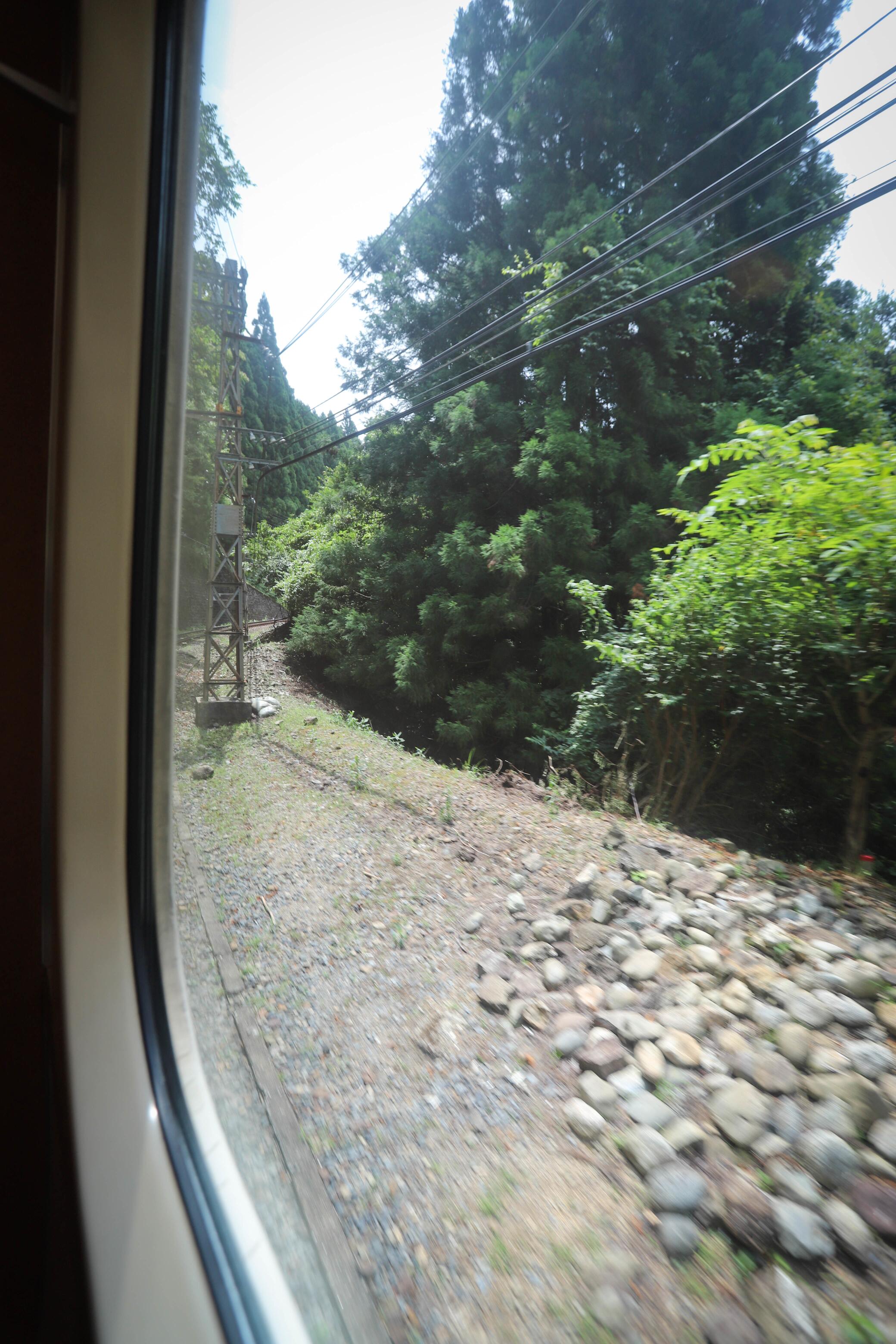
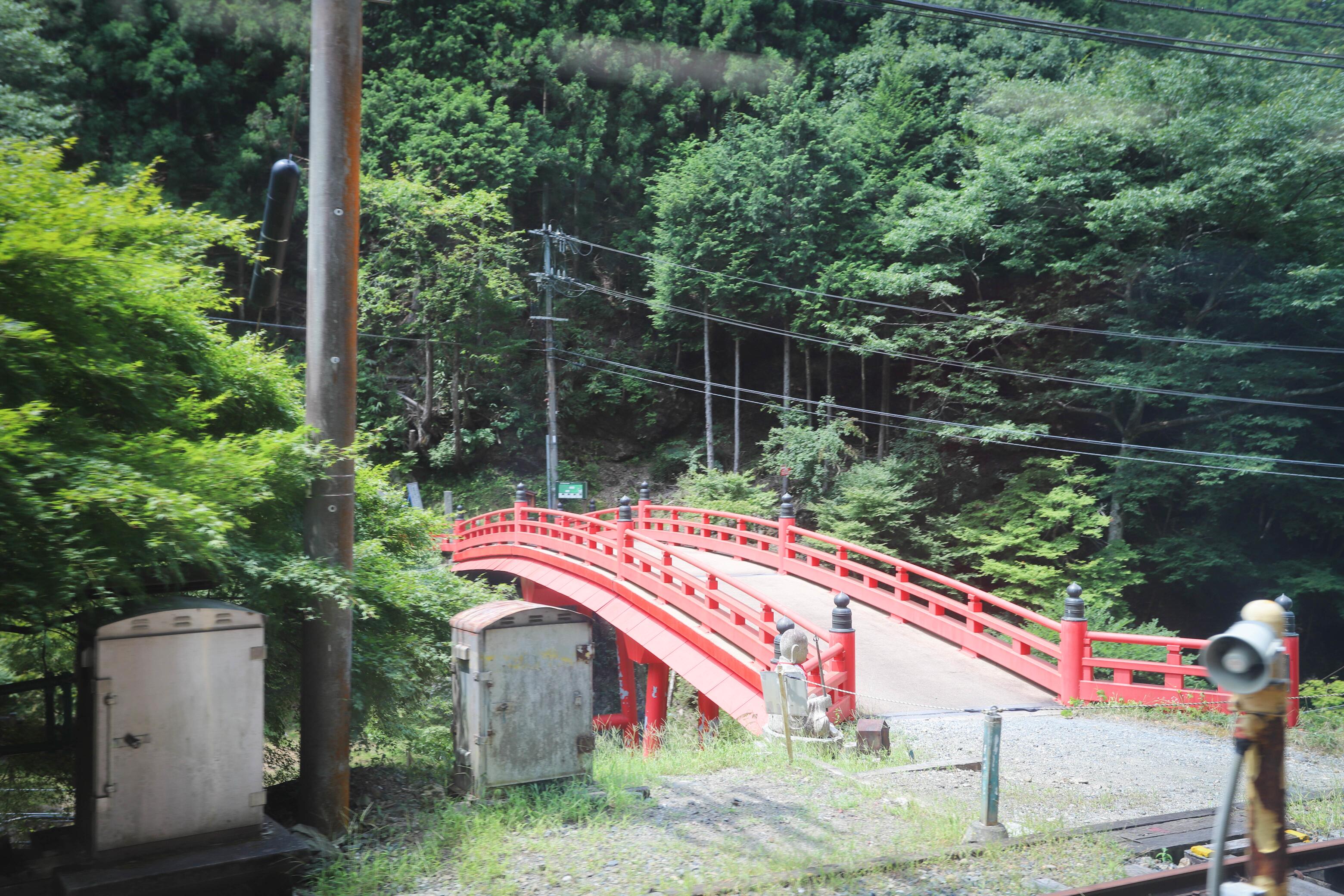
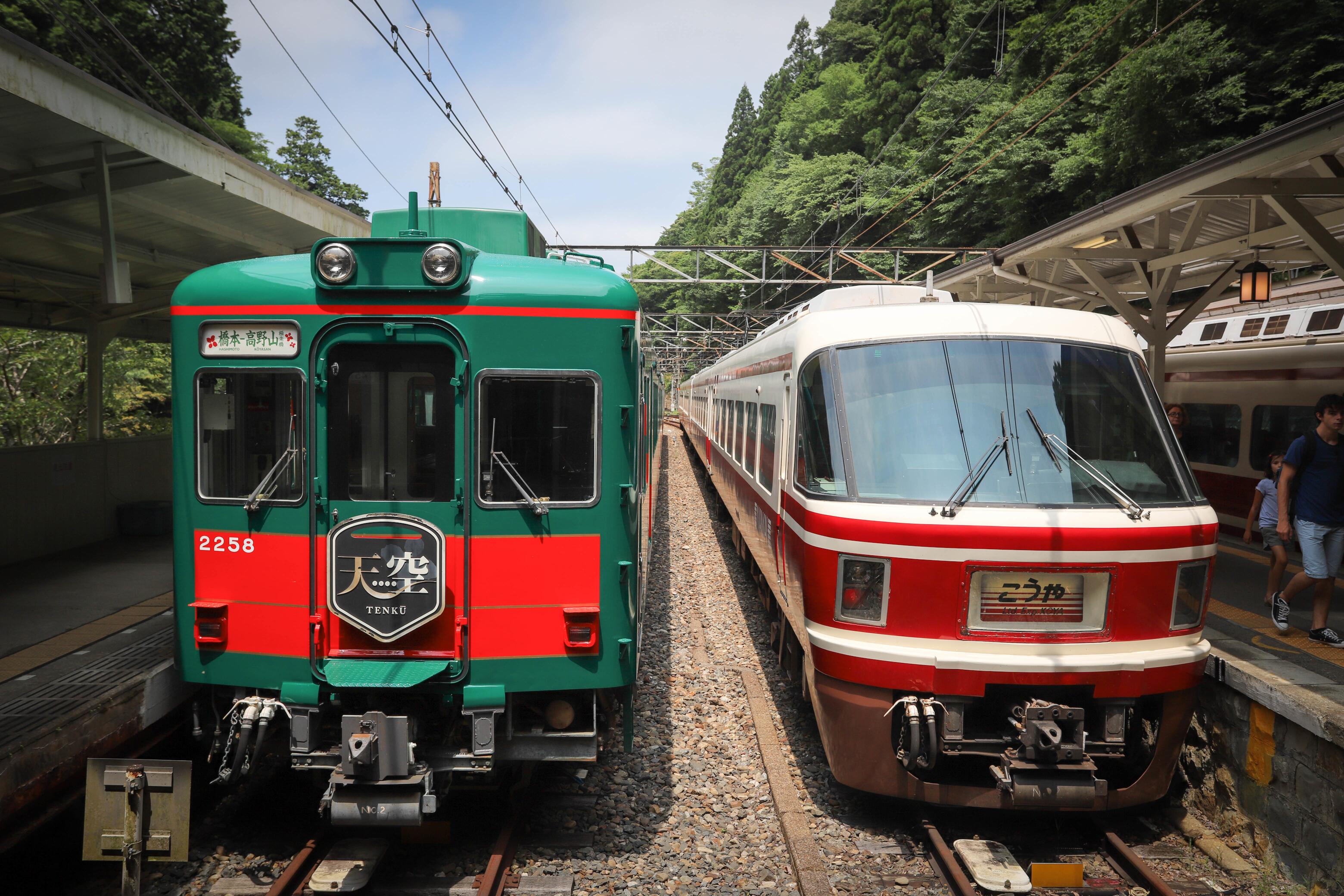
The station at the end of the line feels pretty high… until you see the funicular you are about to get on stretching up the mountain to your right. The angle at the bottom is not as severe as it is further up, so when you get on, the whole car is leaning in towards the mountain. It was quite disconcerting. The ride was very smooth; including the passing place where the other car meets you going down, until you get to the top and you slow right down and bounce just a little before you stop. Not a nice feeling.



Tim’s instructions for our trip have been fantastic and have displayed knowledge you could only get by experiencing this place. However… today didn’t quite work like that. We got on a bus as instructed by the guide according to Keith, only for me to find a different bus on another page. Take note Tim, you don’t want the Daimon bus!! Confusion ensued, but the bus organiser found us a map and drew on the stop we needed to get off at and where our temple was. We had been on the wrong one (it had lots of spare seats!) and of course the one we needed to be on was packed.
Once we had sorted that out the rest was easy and we successfully navigated the streets to our temple.
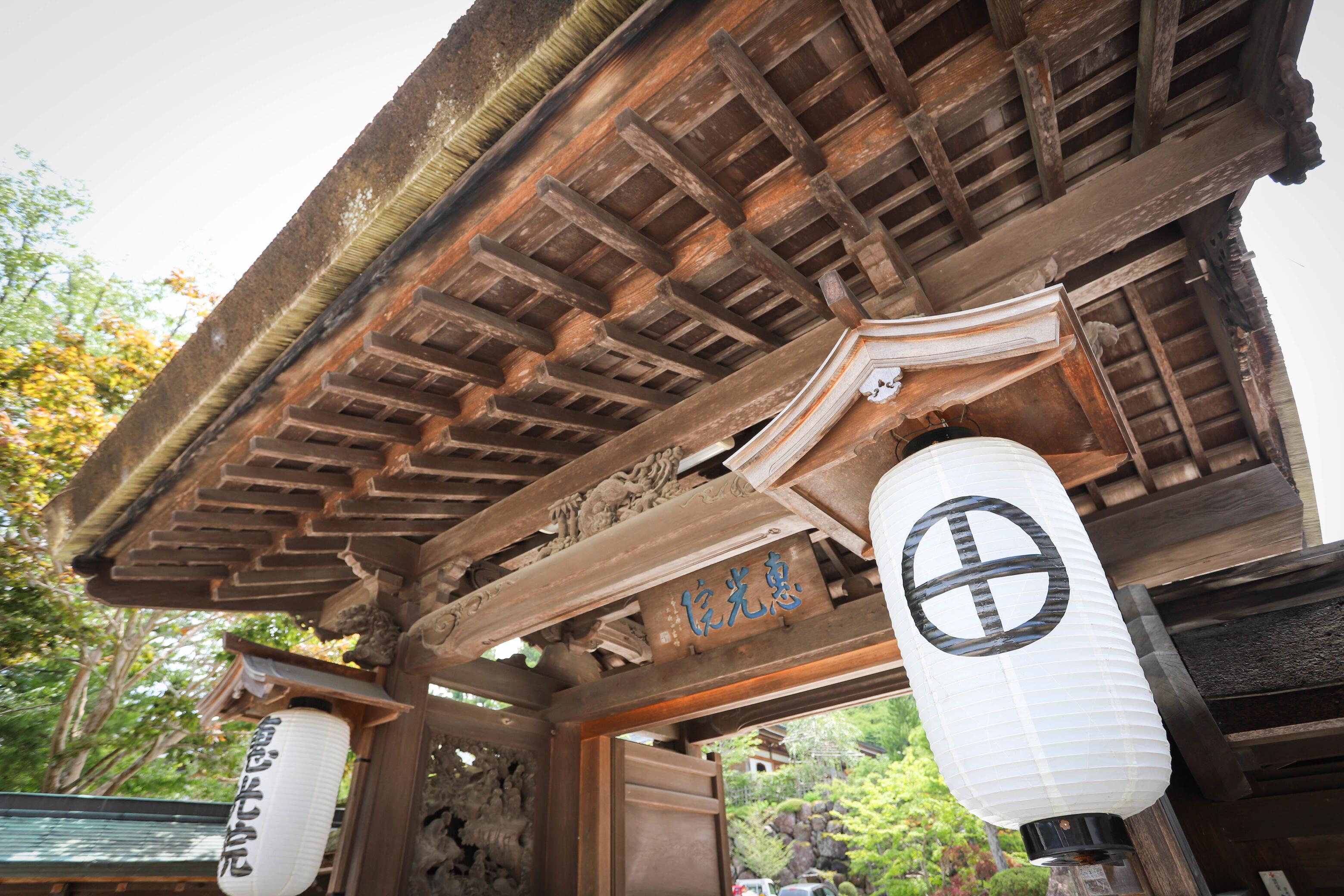

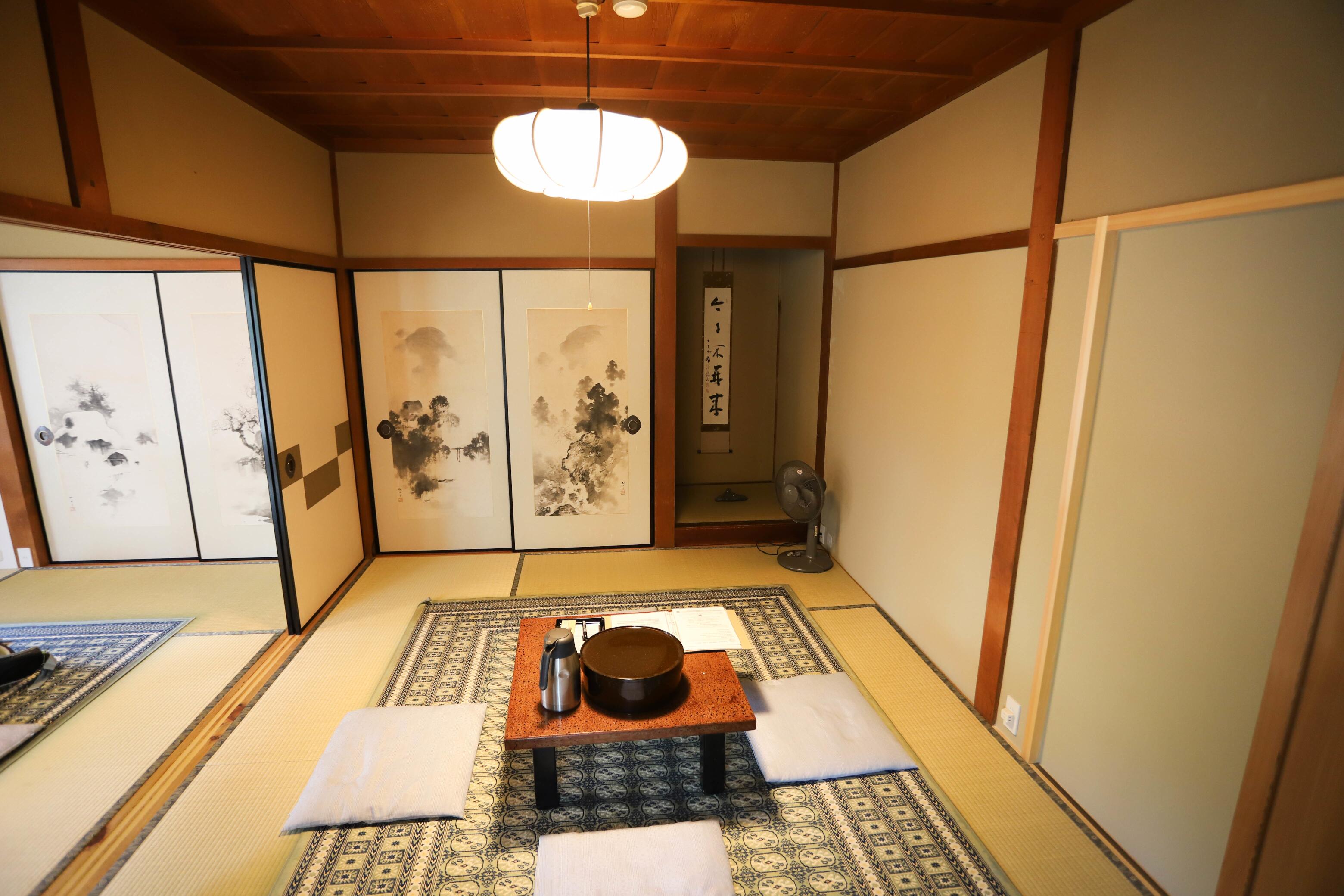
There is nothing here really apart from many temples, the odd restaurant and tourist shop and lots of trees. It is perfect for winding down after our hectic schedule over the last few weeks.

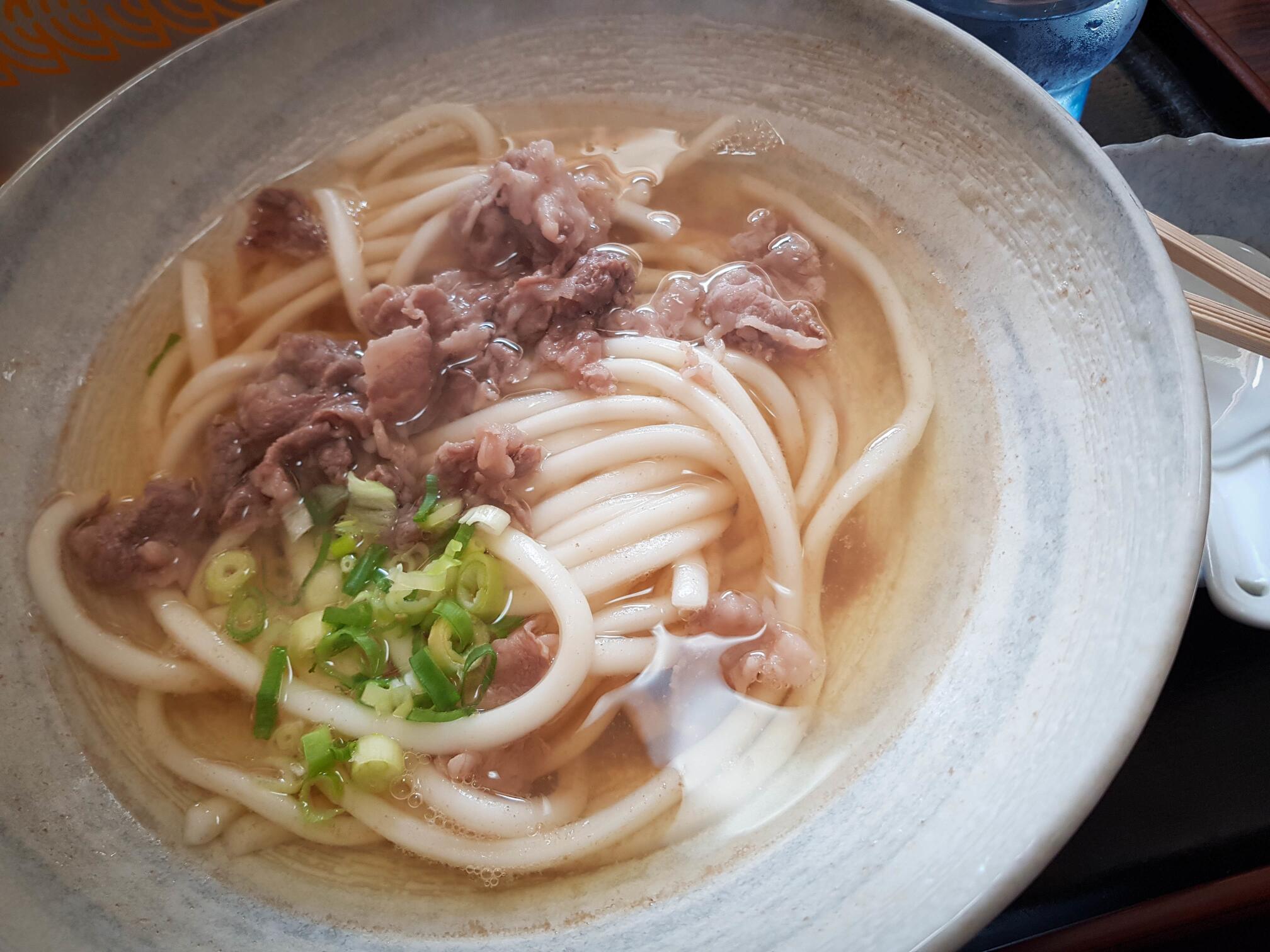
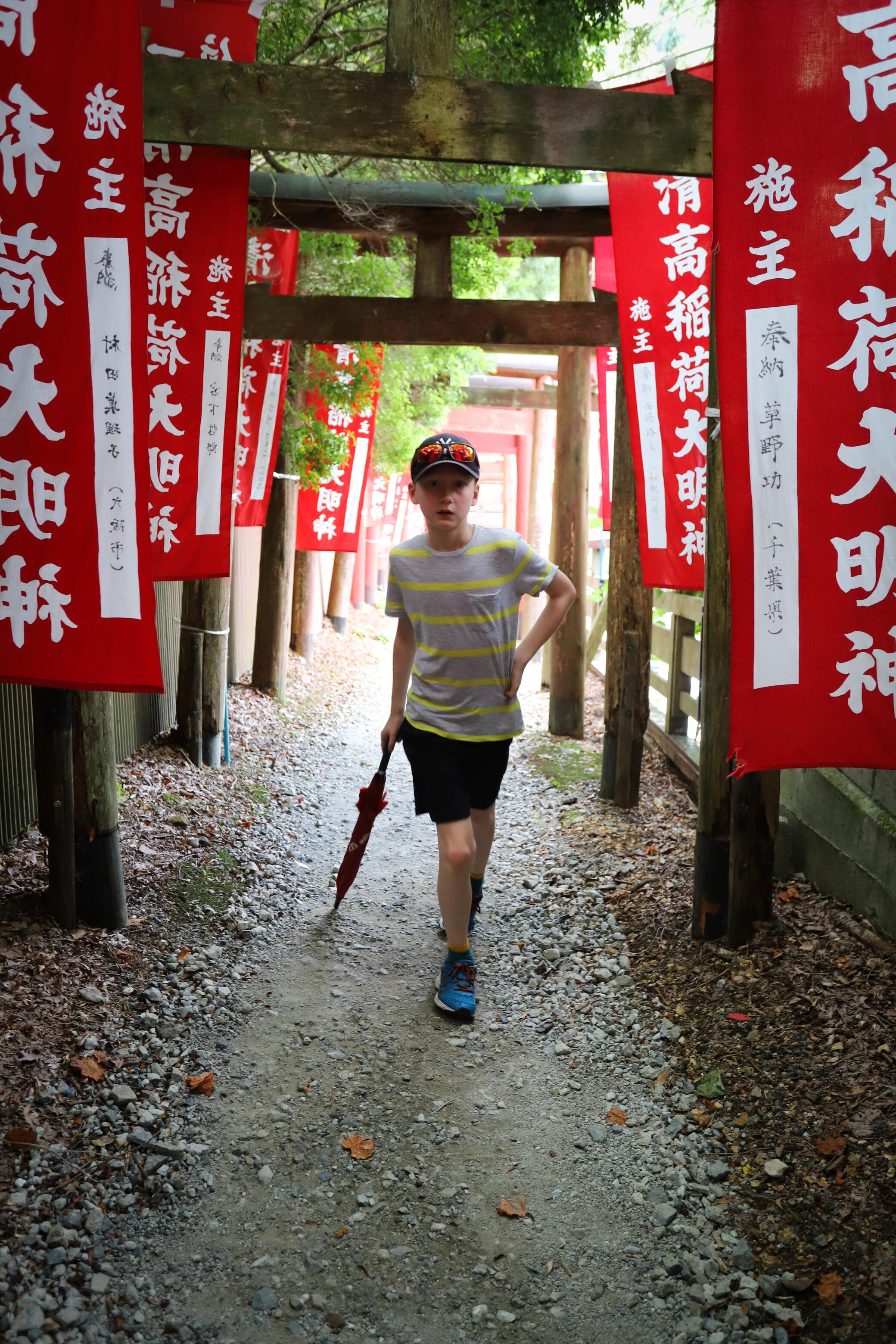
We went and got udon noodles for lunch, had a little wander around a couple of temples and then went back to our room for a lie down. The children read and watched YouTube and Keith and I both had a snooze.
At 4.30pm we went to the meditation hall for our initiation into Ajikan meditation. It wasn’t very comfortable having my legs all twisted round each other but I found it very relaxing. I am not sure that the rest of the family derived much benefit but I kept my eyes firmly (and incorrectly!) shut so I couldn’t see any messing about. Keith tells me he did it properly, but was distracted by someone making noise nearby – he said it sounded like a Spanish couple arguing….not ideal for meditation!
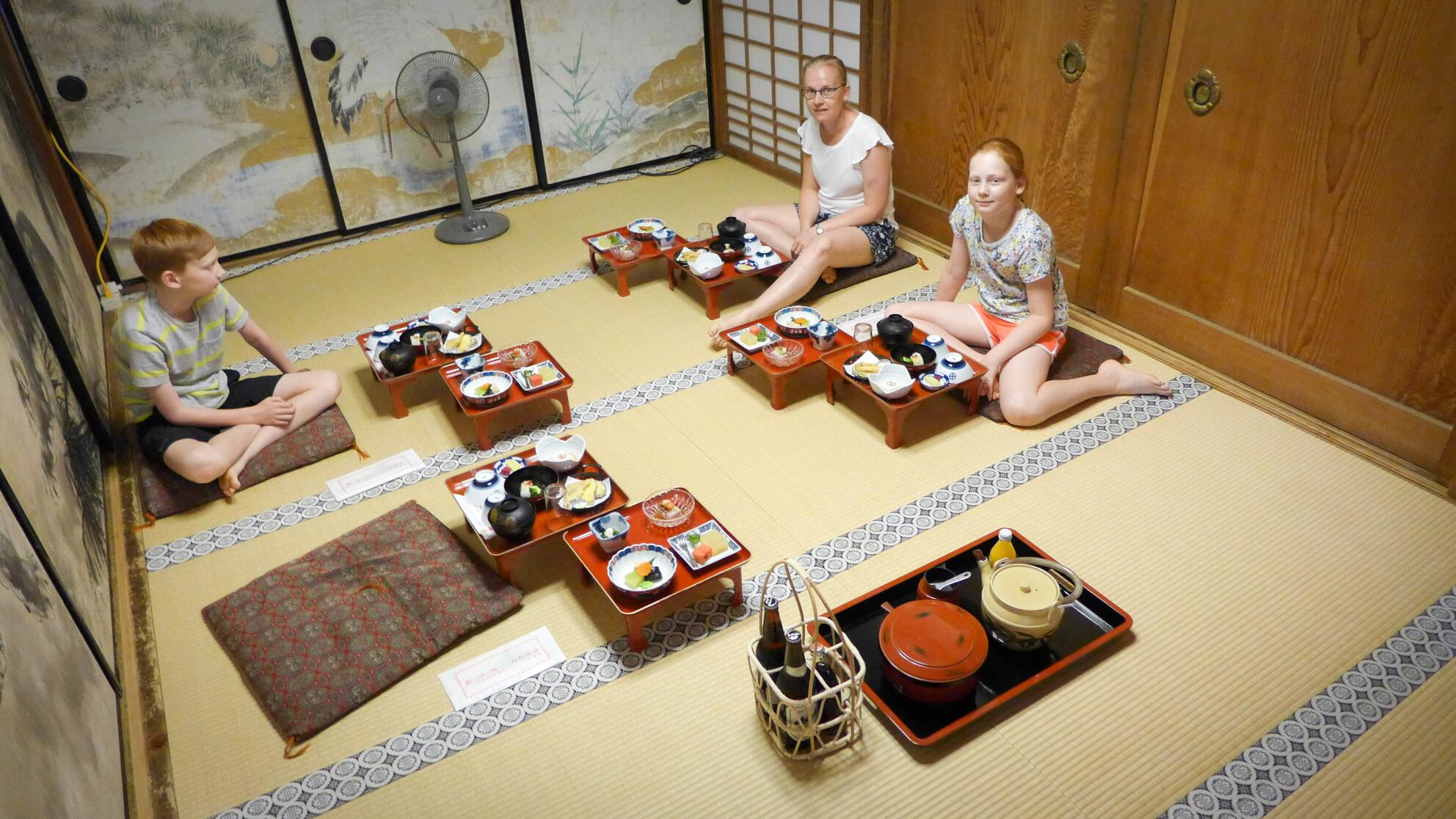

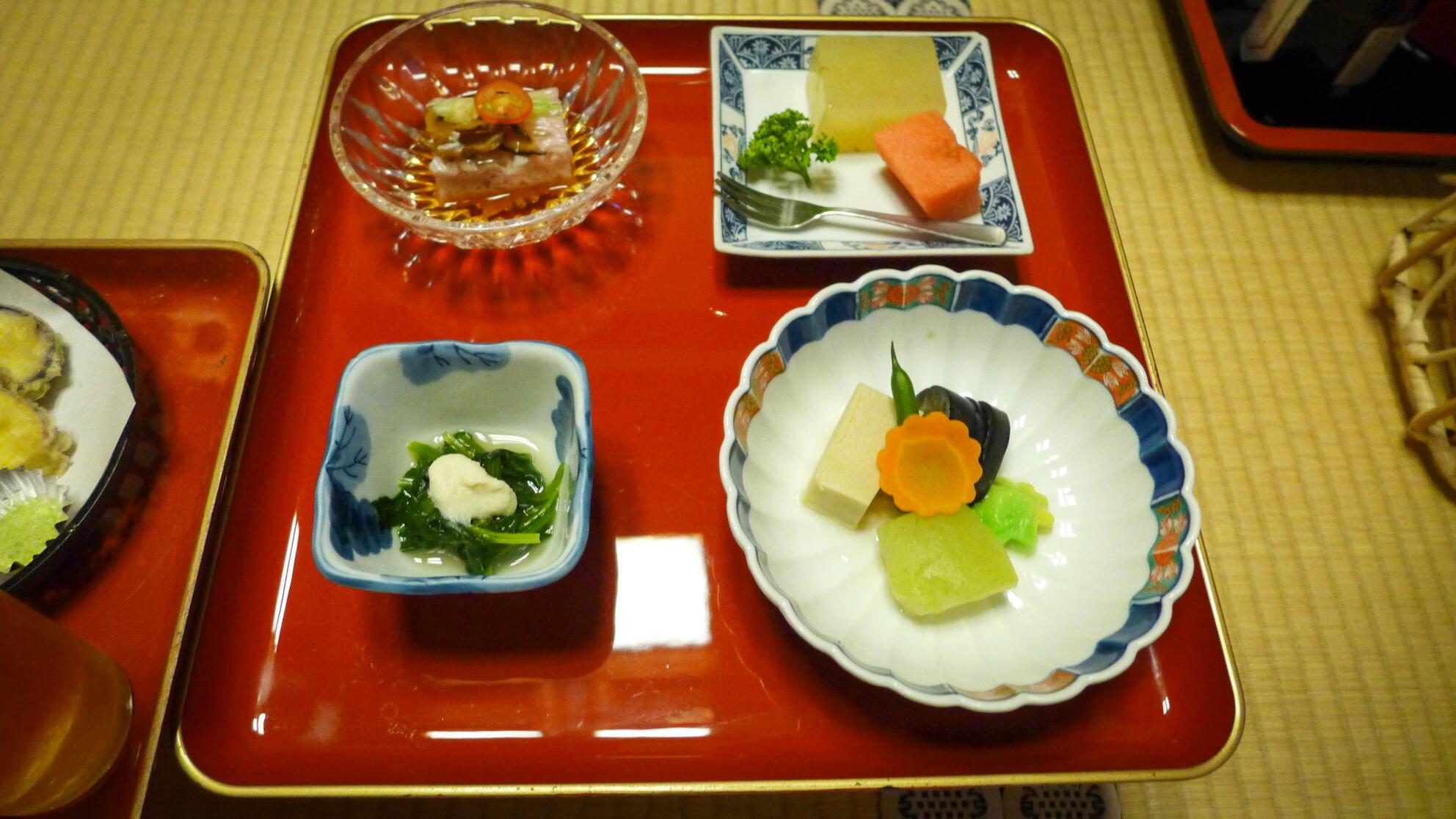
Supper was served shortly after meditation in a dining room in the main building. I think most people get their food in their room, but I don’t think they can fit it in when there are four of you. The food was as expected and Keith and I ate all but one noodle dish. There is something quite reassuring about knowing it can’t be offal! Nothing was explained though so I have no idea what we ate. The kids were not as keen and will be desperate for breakfast in the morning. I fear that might be the same as we had for tea!
We went in the Onsen after tea and got ready for our night walk. The registration process was somewhat painful and while we were waiting to leave, we played the ‘how long can you stand on one leg for’ game. Keith waited until I had won twice before challenging me to a game. My legs were too tired and he fell over so Mila won. She screamed her victory at the top of her lungs and made nearly 100 people stop talking and stare at her. Oops.
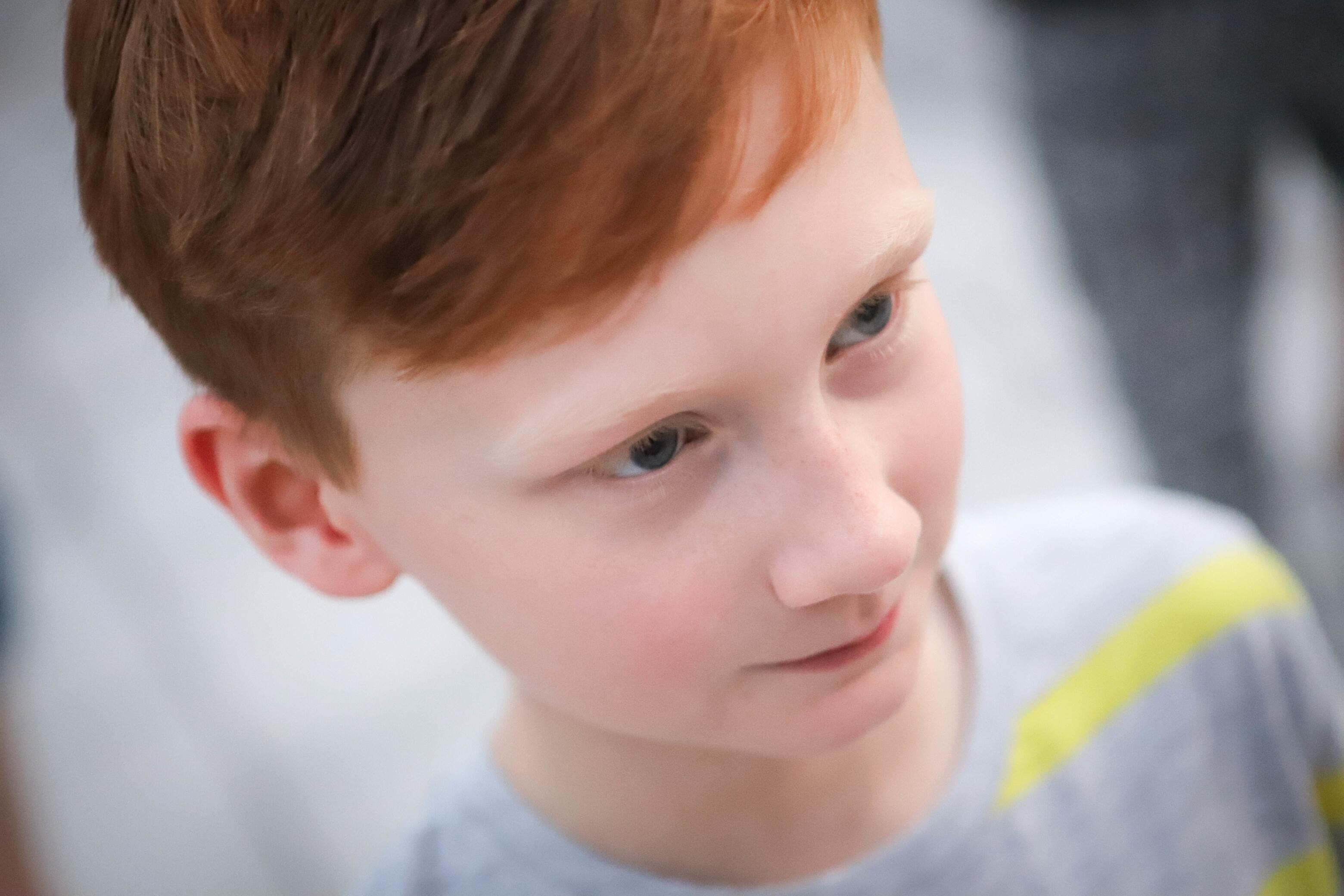
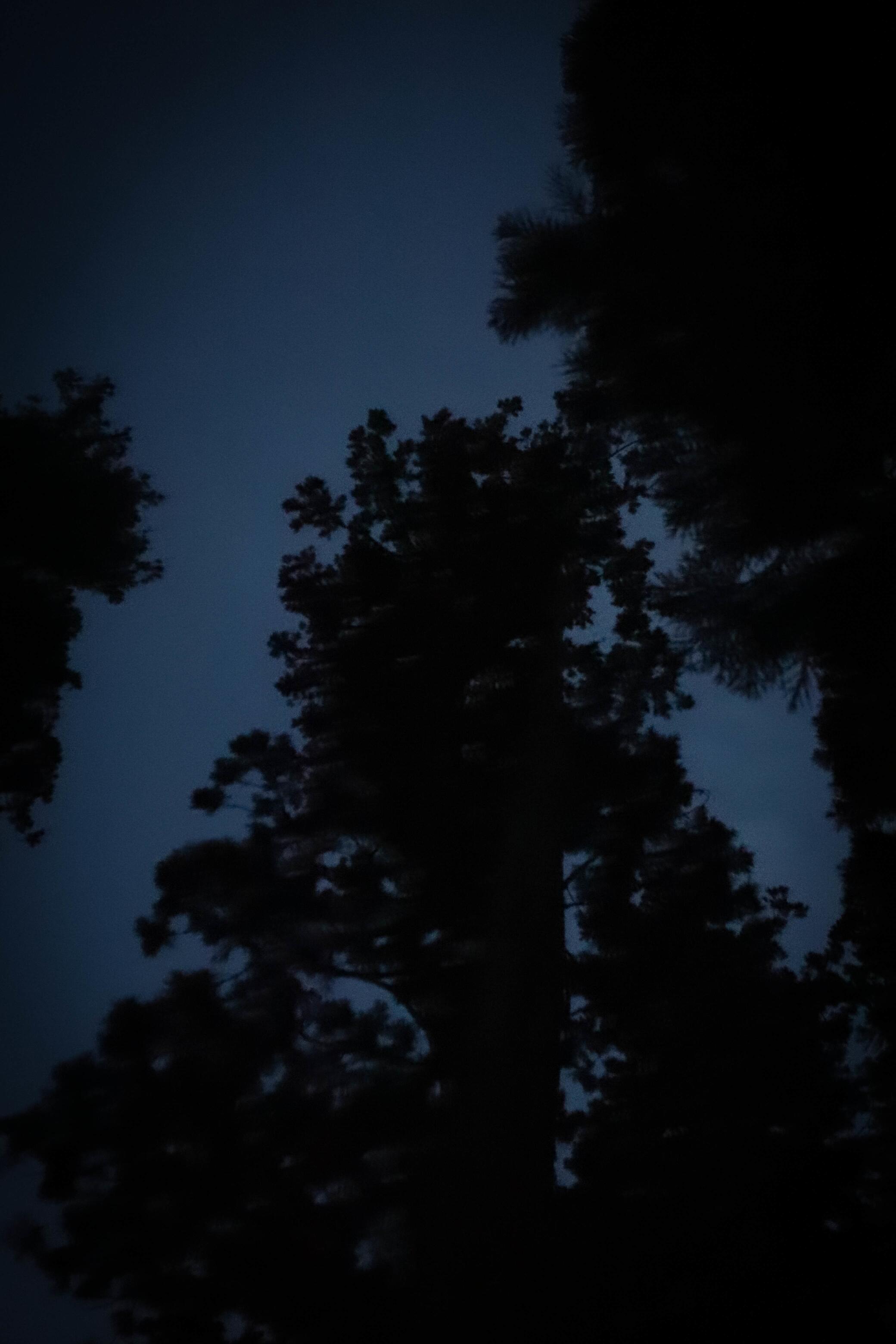

Nobu was our tour guide for the cemetery night walk. He told us that there are over 200,000 tombs and up to 300,000 other bodies interred in the grounds. The enormous fir trees are Japanese cedar and have an average age of 200-600 years. They are protected by the government.
Every day, monks make two meals for Kobo-Daishi (the founder of the village we were staying in) at 6am and 10.30am and take them to his mausoleum. The Shingon esoteric Buddhists believe that he is still sitting in there meditating where he has been for 1,200 years and one day he will emerge… enlightened. 30 years after he shut himself inside at 62 years old, a monk opened the doors and saw him still sitting there. He shaved his beard and cut his hair and gave him new clothes. Then he shut the doors again. Since then, only the head monk of the graveyard has been into the building and he hasn’t reported any change so they still make the food every day.
[Keith edit: if they all ate a proper meal with carbs and meat perhaps they’d stop seeing a living monk who is 1,200 years old….just saying….]
We heard the chatter of flying squirrels, saw a little frog and a massive spider on the path and wandered through the spooky graveyard for nearly two hours. Nobu told us some spooky stories about dying within 3 years if you trip up the stairs or if you can’t see your reflection in the well. We will walk carefully when we got back to check in daylight tomorrow!
The children were hilarious with the guide. They walked with him for the whole time and pestered him with questions about flying squirrels and tombs and where he had lived in the UK (Manchester for 18 months doing a course in English and the psychological effects of music). I think they need to go back to school! When we got back, Danny told me how much he liked Nobu about 4 times. Bless. Of course it could just be that they are both sick of us and are desperate for a conversation with anyone else in English!!
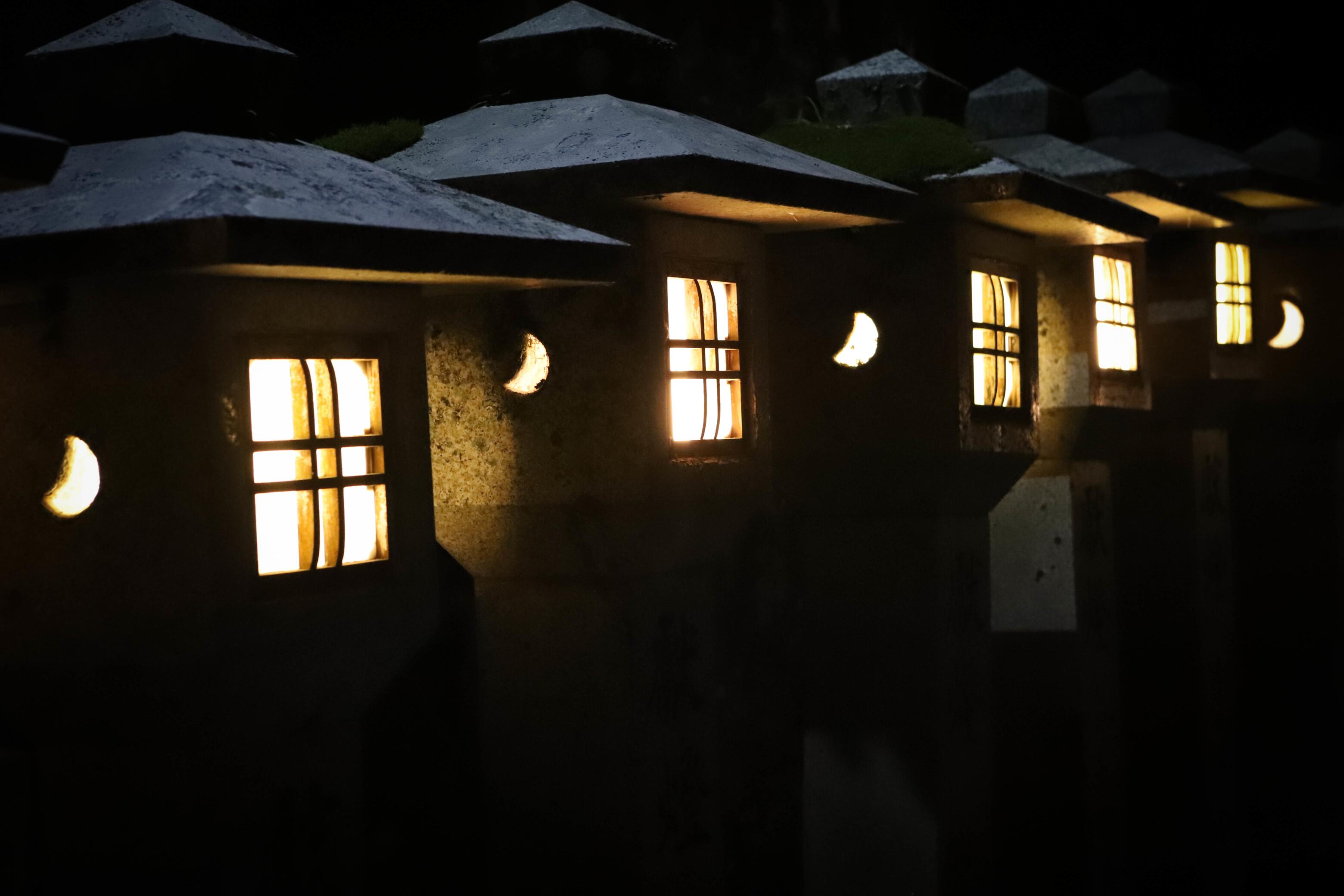
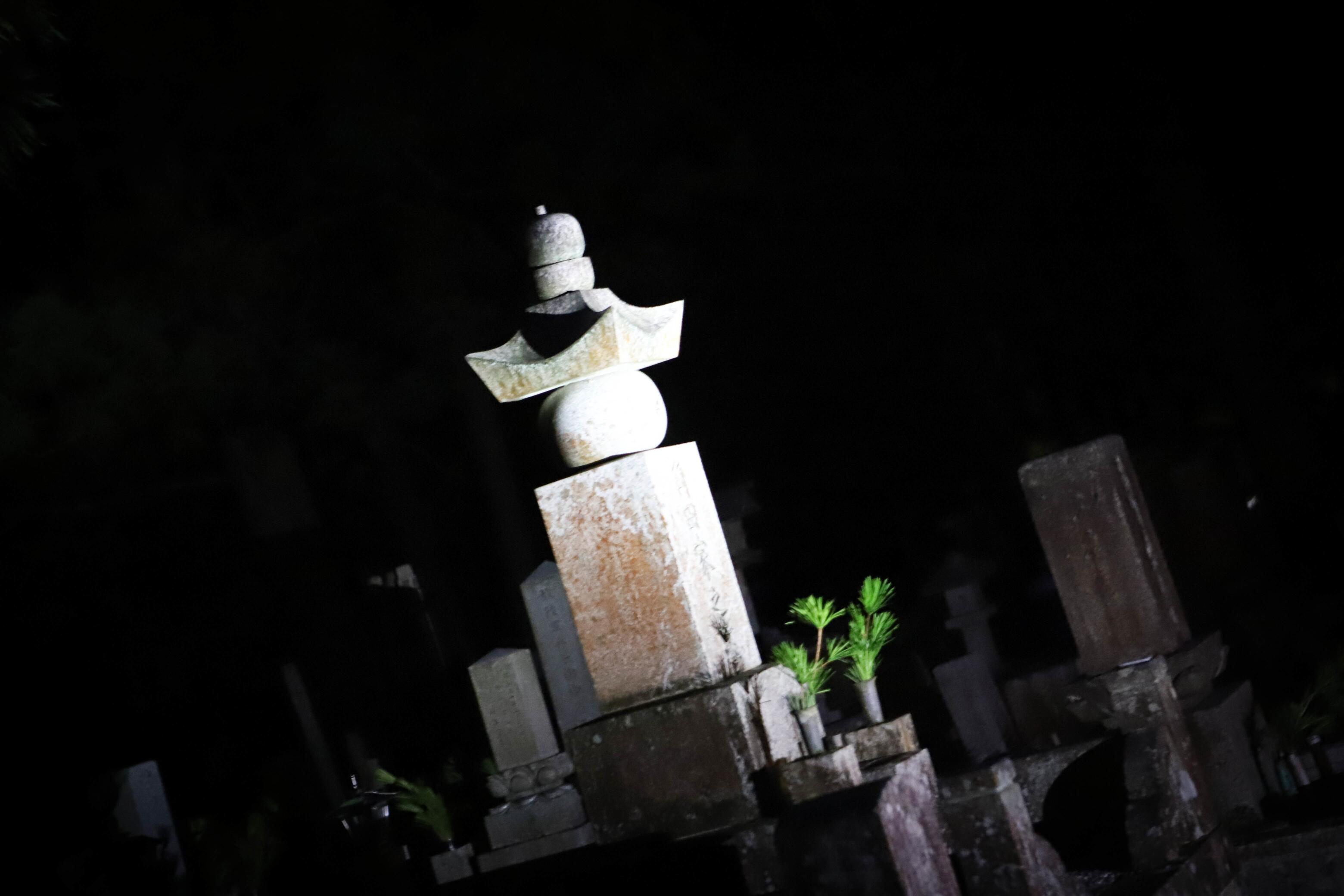
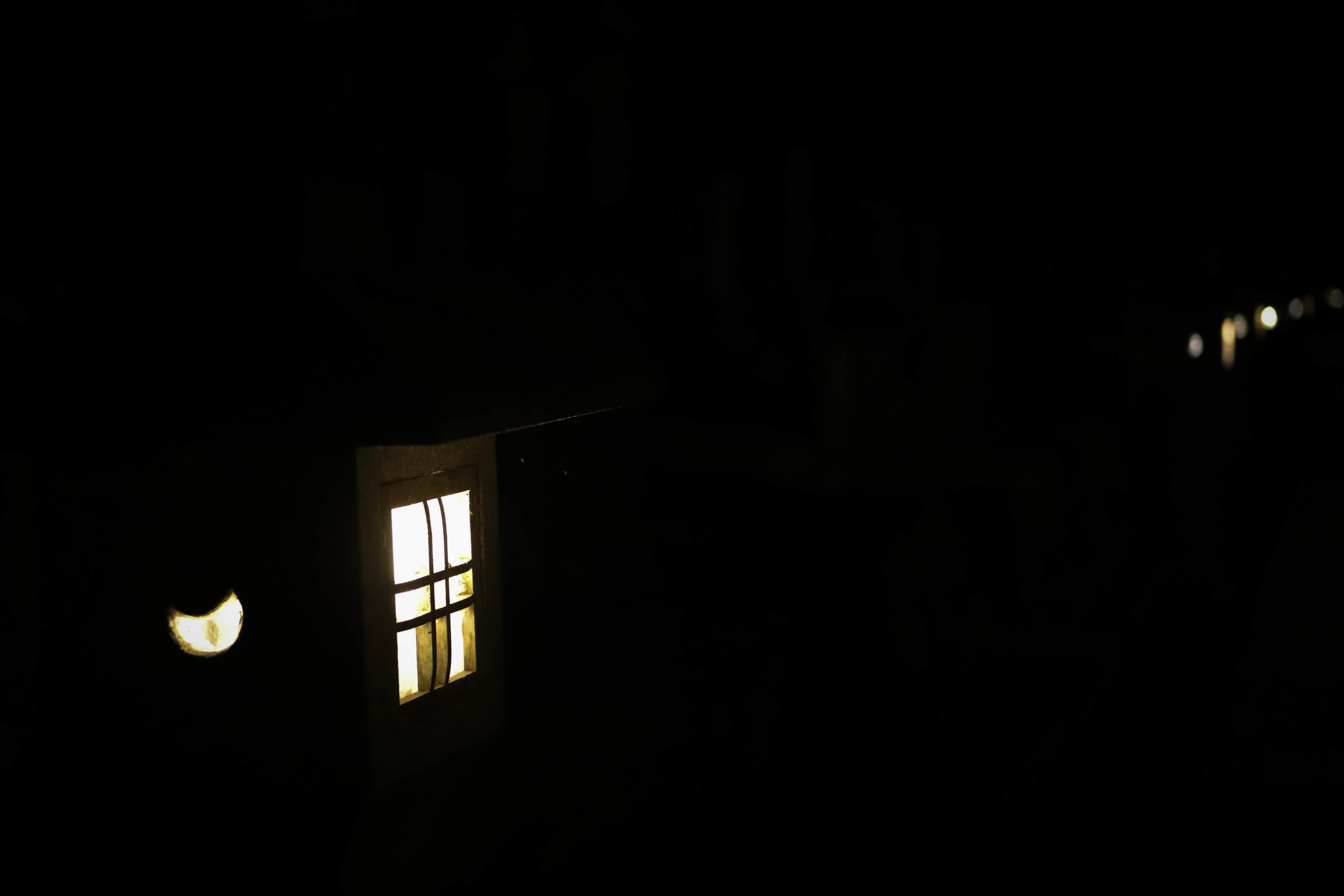
Nobu showed us a very typical grave decoration that used Gorinto- the 5 elements from which everything is made. This is represented on almost all of the tombs: earth, water, fire, wind and space. Just add consciousness to make people, animals, vegetables and insects. He told us that anyone can be buried here, from any religion and any country, as long as they believe in the teachings of Kobo-Daishi.
As we were finishing our walk, by the lantern temple, Nobu became slightly more philosophical. He told us that even though lotus plants grow in mud and dirt, they are strong and beautiful. He said our lives should be like the lotus. Then he chanted a mantra and asked us to wish for something. The other tour guide (who did his in Japanese) joined in the chant and it was very evocative.
Our final fact of the evening was that the little fat Buddha who wears a red bib and/or a little hat looks after babies and is called Jiza. Pregnant women pray to him, as do people who have lost a baby. If someone dies unexpectedly- say in a traffic accident, people tend to put a Jiza statue at the side of the road as that is the Buddha who takes people from this world to the death world and makes sure their spirits don’t get lost.
A fascinating evening, but I will have to go back tomorrow as I want to see a flying squirrel!
Most exciting thing to happen today… The temperature is 23 degrees. Epic.
